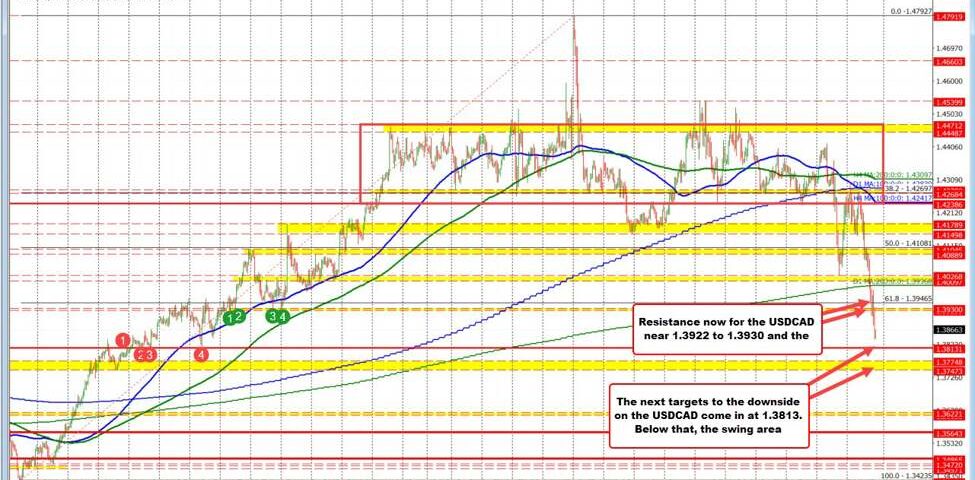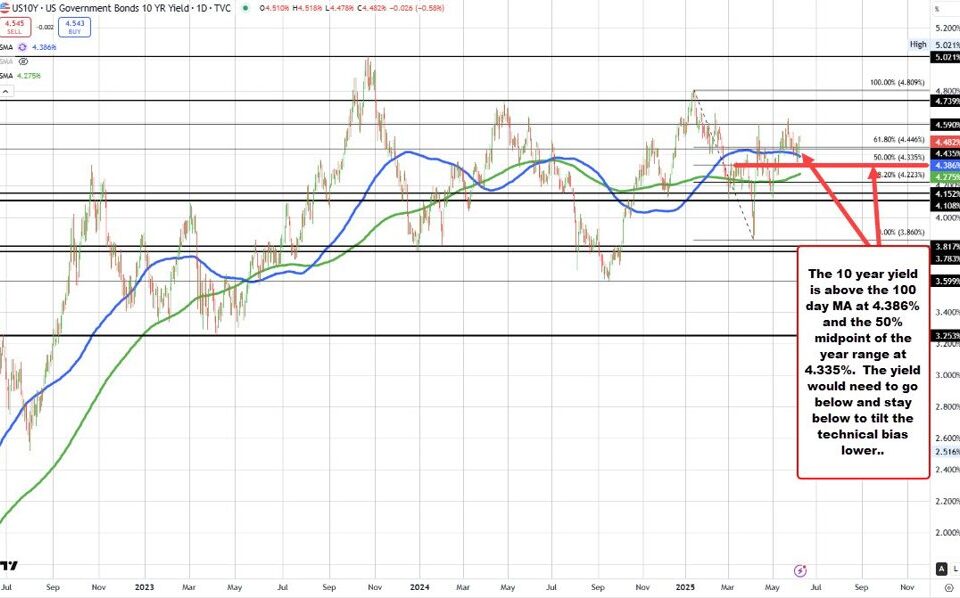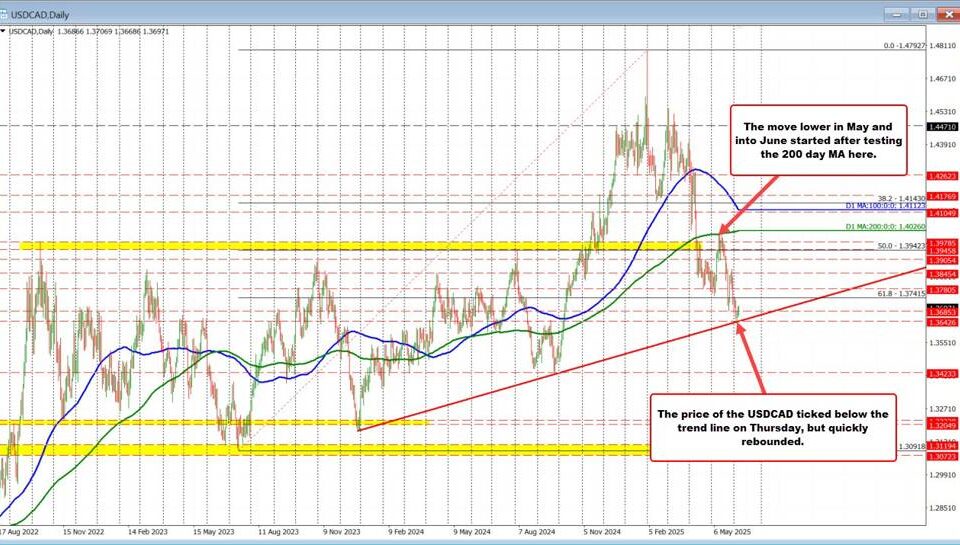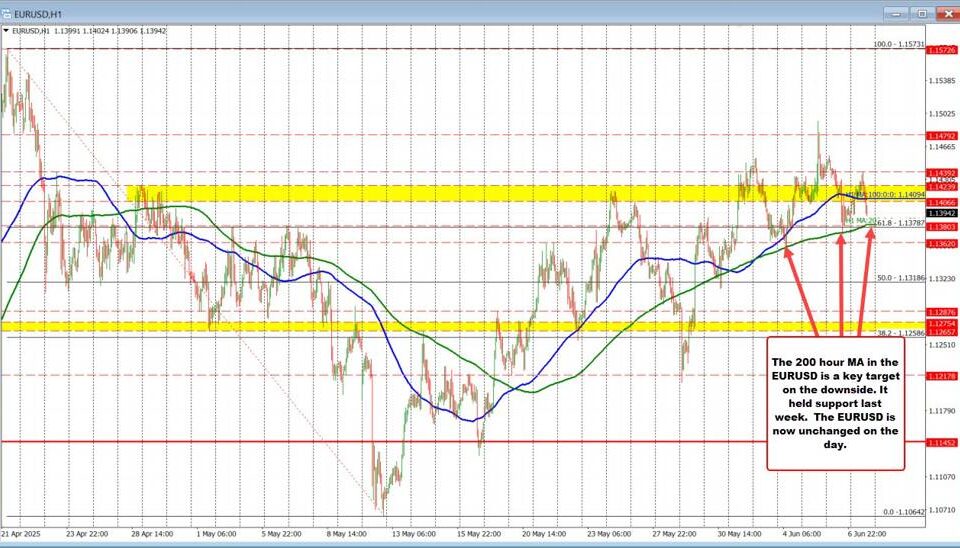Unraveling the U.S. Treasury Bond Market Selloff: What It Means for Investors and Policymakers
Tháng 4 11, 2025April 2023 Consumer Sentiment Plummets: What It Means for the Economy
Tháng 4 11, 2025USD/CAD Currency Pair: Analyzing the Recent Downward Trend and Market Implications
Current Market Dynamics
Recent analysis of the USD/CAD currency pair indicates a significant shift in market sentiment favoring a bearish outlook. The pair has plunged below the substantial 200-day Exponential Moving Average (EMA), a critical technical indicator widely used by traders to gauge market trends. This breach signals an intensification of selling pressure, raising alarms about potential further declines. One of the most notable developments was the break below the pivotal support level of 1.4141, which previously acted as a pivot point for the pair. Analysts are closely monitoring this scenario as it reflects heightened vulnerability for the USD/CAD, suggesting that the downward momentum could persist in the near future.
In light of these patterns, the next major support level is recognized at 1.39. This level is deemed crucial for traders as its breach could signal prolonged bearish movement, influencing trading strategies in the months ahead. The implications of such a breakdown are significant—if the USD/CAD continues to falter below these levels, it could prompt a wave of selling activity, further exacerbating downward pressure on the pair. For deeper insights into the USD/CAD’s short-term outlook, see the recent analysis here.
Technical Analysis Insights
Utilizing Elliott Wave Theory, market analysts have posited that the USD/CAD may currently be establishing a downtrend after what appeared to be a failed ABC correction pattern. This technical analysis indicates that if the pair maintains its position below the 78% Fibonacci retracement level, a further decline towards previous lows could be anticipated. This reinforces a bleak outlook for the pair, compelling traders to prepare for potential shifts in trading strategy.
Market sentiment has also begun to tilt in favor of the Canadian dollar, driven by deteriorating economic conditions within both the U.S. and Canada. Increasing trade tensions and inflation concerns are pushing traders to reevaluate their positions. Recent Consumer Price Index (CPI) data reflects unexpectedly lower inflation rates, which could instigate speculation regarding potential interventions by the Federal Reserve. Such developments are likely to weigh heavily on the U.S. dollar, creating further opportunities for the Canadian dollar to gain ground.
Economic Context
The economic landscape surrounding the USD/CAD exchange rate is increasingly strained. Heightened tariffs imposed by the U.S. have taken a toll on Canadian exports, contributing to a widening trade deficit for Canada, which raises concerns about an impending recession across both economies. Market participants are wary of how these factors could influence future currency pair movements.
Additionally, the divergence in monetary policy between the Federal Reserve and the Bank of Canada is notable. The Federal Reserve appears poised to maintain elevated interest rates in response to persistent inflation, while the Bank of Canada is likely to implement rate cuts due to the prevailing economic weaknesses. This divergence is a principal factor driving current trends in the USD/CAD, with speculation around the potential for the pair to target resistance points around 1.42 or even 1.46 should bullish momentum regain traction.
Conclusion
In summary, the USD/CAD currency pair is currently facing increased bearish pressure following a significant break below critical support levels. Traders are advised to keep a close watch on the 1.39 support level, as a decisive breach here could herald the onset of a longer-term bearish trend. Economic indicators and evolving market sentiments will ultimately play vital roles in shaping the future movements of this currency pair, making it essential for traders to remain vigilant and adaptive in their strategies.




